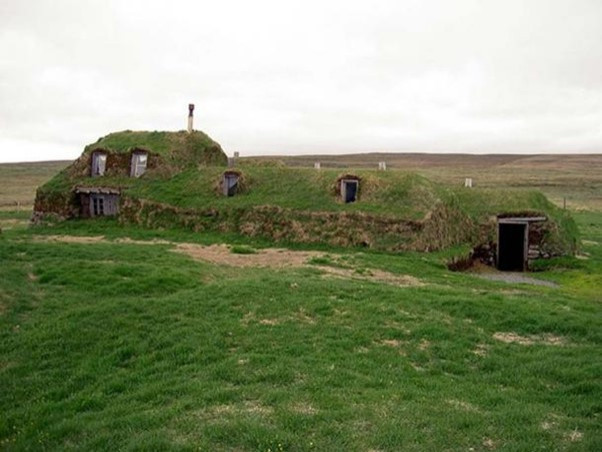Passive House 101 Part 1

Welcome to reimagined habitat’s new blog, Passive House 101! This twelve-part series will hopefully demystify the Passive House concept and supply you with the practical knowledge to make informed decisions about building a sustainable, caring and comfortable home.
Passive building principles have a long history from sensibly ventilated houses in China and the Middle East to the traditional insulated turf houses which emerged in the Middle Ages in Iceland. These ways of thinking about constructing, however, were left behind when fossil fuels became the preferred energy source. In response to the oil price wars in the 1970’s, efficiency became a factor in energy supply policies.
In Europe and North America, two main alternative approaches to sustainable building have evolved in response to this, super insulated and solar passive houses. Through government, University and private research, many low energy housing models were built and tested. The results of these have led to the evolution and strengthening of European building codes, some of which now attain Passive House as a standard building methodology. Passive Houses are typically 70-80% more heating energy efficient than low energy houses.
The first Passive House project was built in Darmstadt-Kranichstein following along the idea of a ‘House without heating’ in 1990/1991. The building was monitored, and the data gathered over 25 years and occupied by four families. The project succeeded in consistently meeting the predicted building simulations of low energy consumption. The Passive House principles had been proven. Even to this day, the Darmstadt Passive House continues to improve its efficiency and its data is applied to contemporary improvement standards.

First Passive House Project Built in Darmstadt 1991
Other projects followed including the Hanover Passive House settlement built in 1998/1999, a row of Passive House standard homes employing the post heating supply air concept eliminating the need for other heating systems. Five countries, Germany, Austria, France and Sweden participated in the first international Passive House project, CEPHEUS. The project involved the design and building of 250 units in 14 building projects to Passive House standards. Monitoring of most of these projects proved them to be 90% more energy efficient than conventional building stock. The average additional costs came to around 8% of compared minimum required building standard.
Stay tuned for Part 2 when we will define what a Passive House really means and the Holy Grail principles of its application!

Traditional Icelandic Turf House
